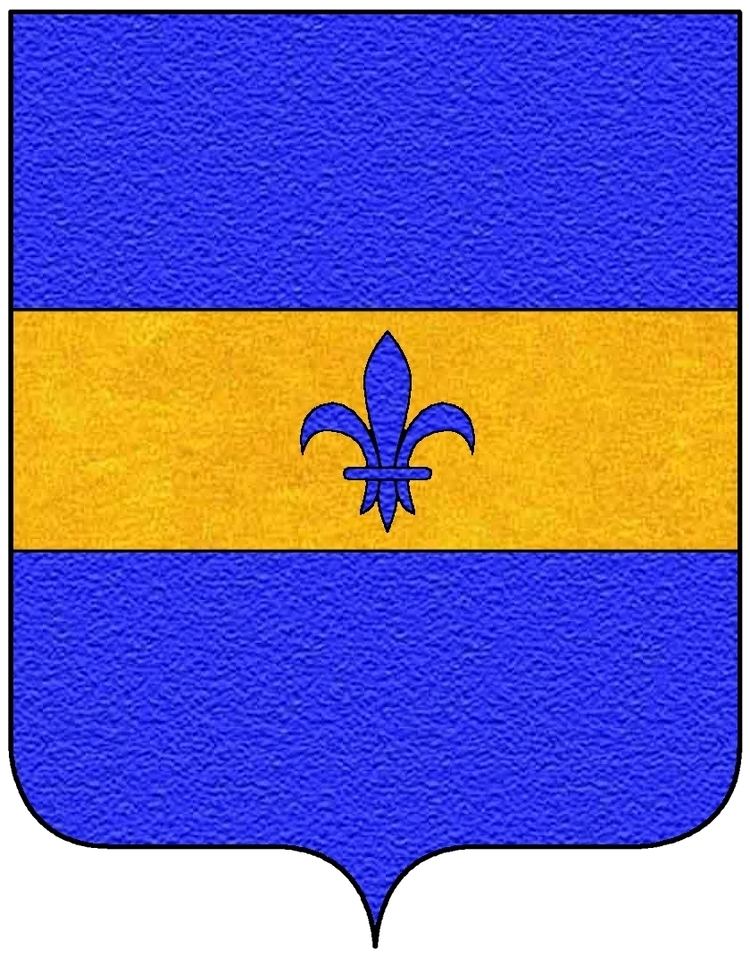Dissolution 19th century | Cadet branches House of Drago-Bučić | |
 | ||
Founded before 1308 (Serbian nobility)January 1336 (Ragusan nobility) | ||
The Buća (in Italian Bucchia) was a noble family that served the Republic of Ragusa, and one of the most important families to come out of Kotor. A cadet branch was admitted to the nobility of the Republic of Ragusa, another branch moved instead to Šibenik.
Contents
Name
The family is known in Serbo-Croatian sources as Buća (Cyrillic: Бућа), but also as Bućić or Bučić. In Latin, Italian and French sources they are known in a variet of forms, mostly Bucchia or de Bucchia, but also Buchia, Buche, Buchi, Buchie, de Bucha, de Buchia, de Bucho, de Buça, Boce o Buca. Other scarcely found versions in Serbo-Croatian include Buča and Bućin.
Origin and early history
The family name seems to derive from the medieval name Buchius or Bucchius reported both in Dalmatia and earlier in various Italian locations. The first Bučić to be in the archives is a Jakov Bučić present in Kotor in 1186.
Service in Serbia
The first known Buća was Tripe Mihov (Trifun Buća, Трифун Бућа). Kotoran families held high offices in the Serbian court, and the most notable was the Buča family, while the most notable individual was Nikola Buća. Nikola and Toma Pavlov, another notable Kotoran, traded in salt.
The Buća were among the wealthiest and most powerful of Kotor (Kingdom of Serbia and Serbian Empire). Founded later with the House of Drago, it gave rise to one of the most important families in the region: the House of Drago-Bučić.
Service in the Republic of Ragusa
A branch of the family moved to Sibenik in 1449, while another branch had earlier moved to Dubrovnik in the 14th century. The latter, between 1440 and 1640 counted 30 members of the Great Council, representing 1.36% of total. In these two hundred years, they also got 27 senatorial positions (1.36%), five Rectors of the Republic (0.21%), five members of the Minor Council (0.23%), but were never Guards Justice.
Kotoran branch became extinct in the 17th century, the Dubrovnik in the 19th century, but it seems that the branch from Šibenik still survives in Italy.
